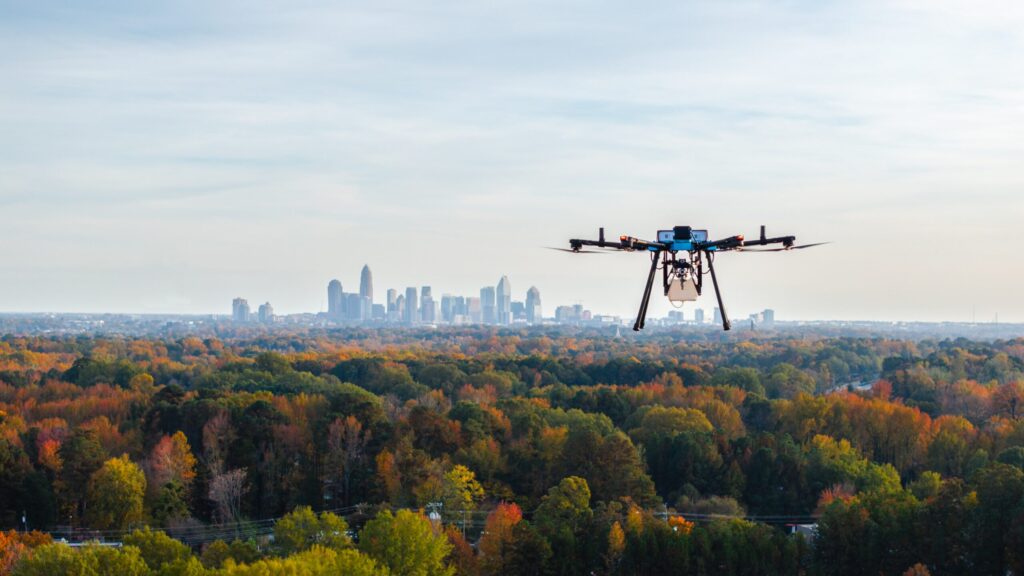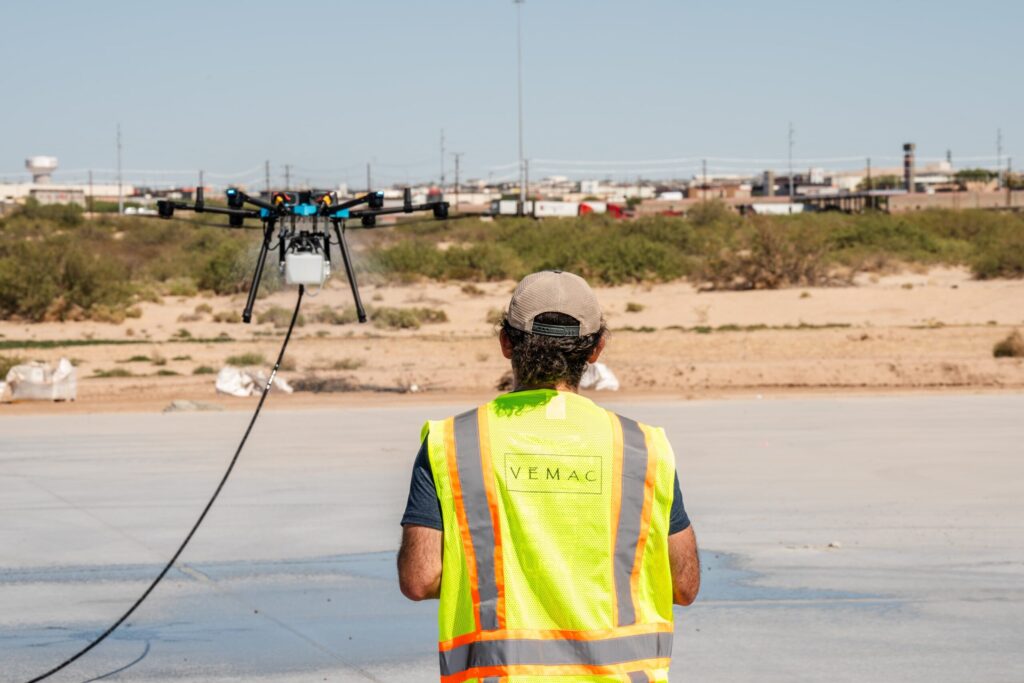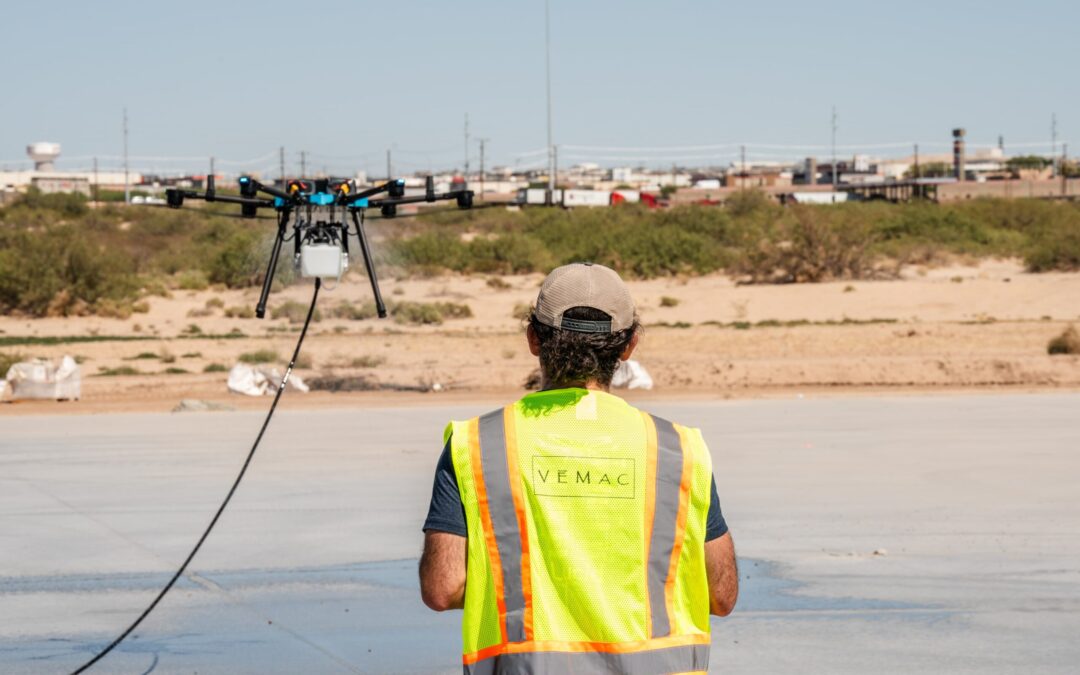Revolutionizing Clean: Top Benefits of Autonomous Cleaning Technology
In today’s fast-paced world, keeping spaces clean and tidy is more important than ever. Autonomous cleaning technology is leading the way in transforming how we approach cleaning tasks. With the help of advanced robots and autonomous cleaning equipment, cleaning is becoming more efficient and effective. This article explores the latest innovations in autonomous cleaning technology and their impact on both residential and commercial cleaning sectors.
Key Takeaways
Autonomous cleaning technology uses robots and AI to perform cleaning tasks with minimal human help.
AI scheduling systems can create cleaning plans based on real-time data, improving efficiency.
Predictive maintenance tools help prevent equipment failures by analyzing performance data.
Smart sensors monitor cleanliness levels, allowing for targeted cleaning efforts.
The future of cleaning includes more advanced robots that can learn and adapt to different environments.
Lucid Bots

Understanding Robotic Cleaners
Autonomous cleaning robots are changing how we think about cleaning. These machines can work on their own, making cleaning easier and faster. They can clean large areas without needing much help. With smart technology, they can navigate around furniture and other obstacles, ensuring a thorough clean every time.
Advantages of AI Scheduling Systems
Artificial intelligence scheduling systems help robotic cleaners know when and where to clean. Here are some benefits of using these systems:
Increased Efficiency: Robots can clean at times when spaces are less busy.
Cost Savings: Reduces the need for human cleaners, saving money.
Consistent Cleaning: Ensures that areas are cleaned regularly without missing spots.
The Role of Predictive Maintenance Tools
Predictive maintenance tools help keep robotic cleaners in top shape. They can predict when a robot might need repairs or maintenance, which helps avoid breakdowns. This means:
Less Downtime: Robots spend more time cleaning and less time being repaired.
Longer Lifespan: Regular maintenance keeps robots working longer.
Cost Efficiency: Reduces unexpected repair costs.
In the world of cleaning, robotic technology is not just a trend; it’s a revolution that is here to stay.
With tools like the Lavo Bot 2, businesses can maximize productivity and tackle labor challenges effectively. By automating surface cleaning, they can boost profits and ensure a cleaner environment for everyone.
Transforming Commercial Cleaning

The transformation of commercial cleaning has been significantly influenced by the introduction of autonomous cleaning technology, especially within commercial spaces.
The Impact of AI on Cleaning Services
The introduction of AI in cleaning services is changing the way businesses operate. Autonomous robots are now essential tools that help companies maintain cleanliness efficiently. They can work in various environments, from offices to large retail spaces, ensuring that every corner is spotless.
Benefits of Autonomous Cleaning Robots
Autonomous floor cleaning robots offer numerous advantages:
Time-saving: They can clean large areas quickly without human intervention.
Consistency: These robots provide a uniform clean every time, reducing the chances of missed spots.
Cost-effective: By minimizing labor costs, businesses can allocate resources to other important areas.
| Benefit | Description |
|---|---|
| Time-saving | Cleans large spaces quickly |
| Consistency | Ensures uniform cleaning results |
| Cost-effective | Reduces labor costs, allowing resource reallocation |
Real-World Examples of AI Implementation
Many businesses have successfully integrated AI cleaning technology. For instance, a major retail chain reported a significant reduction in labor costs after adopting robotic cleaners. This allowed them to focus their cleaning crews on more critical tasks, enhancing overall productivity. The shift to robotic cleaning technology is not just about efficiency; it’s about redefining how businesses approach cleanliness and maintenance. In conclusion, the transformation in commercial cleaning through AI and robotics is not just a trend; it’s a revolution that is reshaping the industry for the better.
Emerging Technologies in Cleaning

Smart Sensors for Enhanced Monitoring
Smart sensors are becoming essential in the cleaning industry. They help monitor cleanliness levels in real-time, allowing for targeted cleaning when needed. This technology ensures that cleaning is efficient and effective. Some key features include:
Real-time data collection: Sensors gather data on dirt levels and usage patterns.
Automated alerts: Notifications are sent when cleaning is required.
Integration with cleaning systems: They can work with robotic cleaners for optimal performance through a cloud-based platform that enables users to monitor and optimize fleet operations, generating actionable insights for data-driven decision-making.
Mobile Apps for Client Management
Mobile applications are transforming how cleaning services interact with clients. These apps allow clients to manage their cleaning requests easily. They also provide feedback and track service quality. Here are some benefits:
User-friendly interfaces: Clients can navigate easily.
Instant communication: Quick responses to client inquiries.
Service tracking: Clients can see when services are performed.
Data-Driven Management Tools for Cleaning Efficiency
Data-driven management tools are crucial for optimizing cleaning operations. They analyze data from various sources to help managers make informed decisions. These tools can significantly improve efficiency and service quality. Some advantages include:
Resource allocation: Helps in distributing resources effectively.
Performance tracking: Monitors the effectiveness of cleaning operations and optimizes cleaning routes.
Cost reduction: Identifies areas where expenses can be minimized.
The integration of these technologies is reshaping the cleaning industry, making it more efficient and responsive to client needs. In summary, emerging technologies like smart sensors, mobile apps, and data-driven tools are revolutionizing the cleaning sector. They enhance monitoring, improve client management, and optimize operations, leading to a cleaner and more efficient environment. Drones offer a compelling return on investment by reducing the frequency of labor-intensive tasks and lowering the associated costs.
The Future of Autonomous Cleaning Technology

Predictions for AI-Powered Robotic Cleaners
The future of cleaning technology looks bright with the rise of AI-powered robots. These robots are expected to become smarter and more efficient. They will learn from their surroundings and adapt to different cleaning needs. This means they can clean better and faster than ever before, especially with the support of autonomy services that provide ongoing enhancements like software upgrades, remote diagnostics, and user trainings.
Challenges in Implementing AI Solutions
Autonomous machines offer significant benefits, but there are still some challenges to overcome. For example:
High initial costs for purchasing advanced robots.
Need for training staff to work with new technologies.
Ensuring reliability and safety in various environments.
Economic Impact of AI on Cleaning Services
The integration of AI and robotic cleaning machines in cleaning services can lead to significant savings. A simple cost-benefit analysis shows:
| Factor | Traditional Cleaning | AI-Powered Cleaning |
|---|---|---|
| Labor Costs | High | Low |
| Cleaning Efficiency | Moderate | High |
| Maintenance Costs | Moderate | Low |
In conclusion, the future of autonomous cleaning technology is promising. As AI-powered robots lead the way, they will transform the cleaning industry, making it more efficient and cost-effective. Embracing these advancements will not only improve cleaning processes but also create a healthier environment for everyone.
Final Thoughts on Autonomous Cleaning Technology
In summary, autonomous cleaning technology is changing how we keep our spaces clean. These smart robots and systems make cleaning easier and faster. They help businesses save money and time while ensuring a high level of cleanliness. As these technologies keep improving, we can expect even better results in the future. It’s important for companies to adopt these new tools to stay competitive and provide a safer, cleaner environment for everyone. Embracing these advancements not only benefits businesses but also creates a healthier world for all.
Frequently Asked Questions
What are robotic cleaners?
Cleaning robots are machines that can clean floors by themselves. They can vacuum, sweep, and mop without needing much help from people.
How do AI scheduling systems work?
AI scheduling systems use smart computer programs to decide the best times to clean based on how busy a place is.
What is predictive maintenance?
Predictive maintenance is a way to check if cleaning machines are working well. It helps to know when they might need repairs before they break down.
What are the benefits of using autonomous floor scrubbers?
Robotic floor cleaning machines save time and money. They can clean large areas quickly and do a great job without needing much help.
How does AI improve cleaning services?
AI helps cleaning services by making them faster and more efficient. It allows for better planning and helps to keep track of cleaning tasks.
What is the future of cleaning technology?
The future of cleaning technology looks bright. We can expect smarter robots that learn and adapt to different cleaning jobs, making them even more effective.

